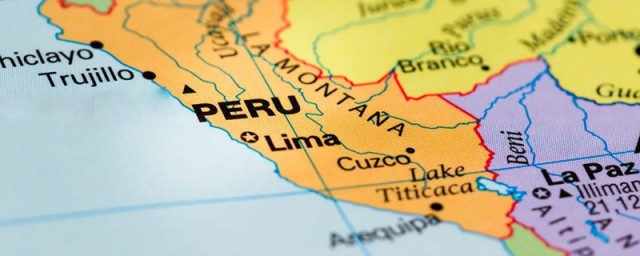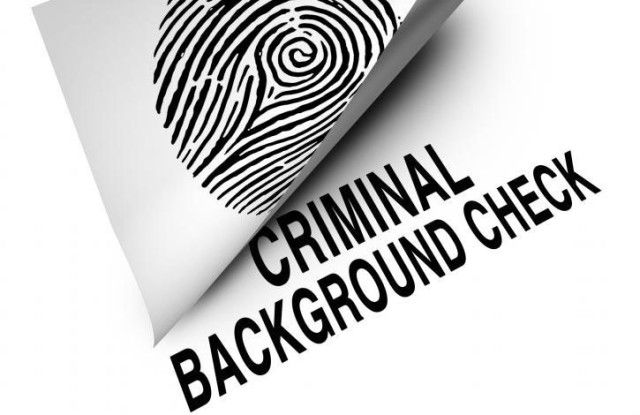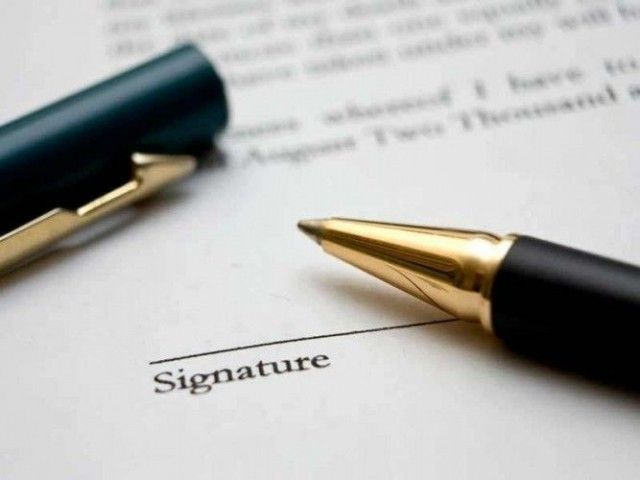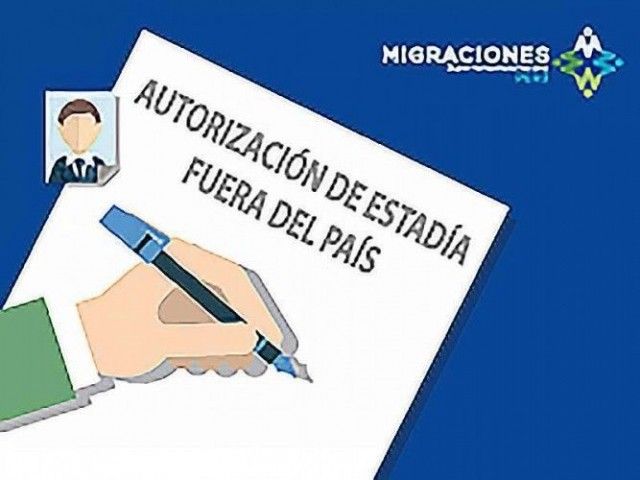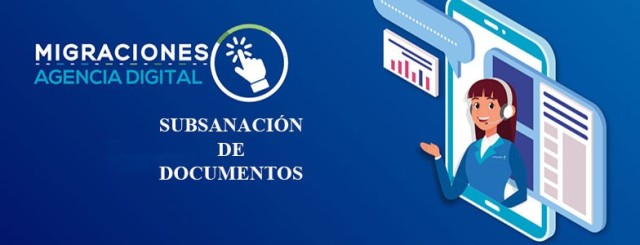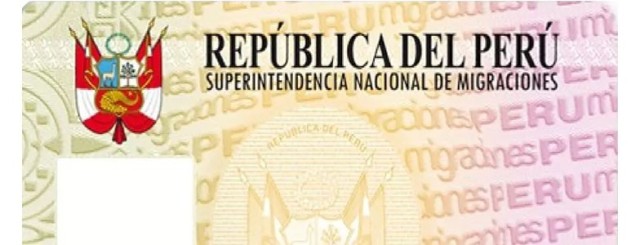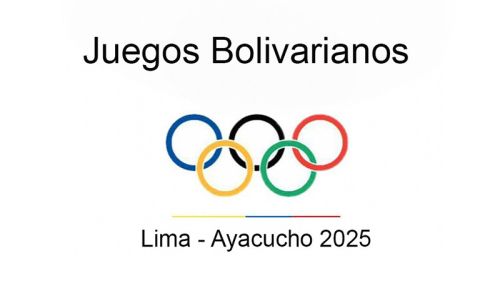Hello Eva, Like to echo the previous comment that this website is quite amazing...I havent seen anything like it so congrats ! The process for a rentista visa seems rather complex (understandably) and i wonder if you have referals of agencies in Lima who can help with this complex process? thanks
- This commment is unpublished.@Deano Hello Deano,
Thank you so much for your praise. You made my evening.
The reason the retirement visa page, all other visa pages and lots of pages in our legal stuff section are so detailed is that foreigners who aren’t familiar with Peruvian processes can apply for their visa or other stuff on their own and don’t need an immigration lawyer, consultant, or a so-called tramitador.
Since Migraciones simplified and digitalized the whole visa application process a few years back in most cases (there are a few exceptions) you really do not need a lawyer or help from anyone. Just follow the steps as described above one by one (yes, I know, it seems overwhelming and complicated at first) and you can handle everything on your own while at the same time getting to know lots about Peruvians and Peruvian authorities and save lots of money.
The most important thing when you apply for any visa is to come to Peru prepared and with the required documents already apostilled; in case for the retirement visa, you only need your criminal background check and the letter of your pension fund from your home country; both with Apostille. No immigration lawyer in Peru can help you with this.
The next step is the translation, which you can easily get done on your own and the Interpol appointment (the lawyer could apply for the appointment online for you) and the Interpol visit (you must go there alone anyway). Next step is the payment; a really easy step which you should learn anyway, if you are staying longer in Peru. And last but not least the visa application as described above in detail. Here, a lawyer could help of course, but the system is not that difficult to navigate.
Anyway, finding a trustworthy, reliable, knowledgeable, honest, and affordable immigration lawyer or tramitador that cares in Peru is like hitting the jackpot. And even if you find one, he/she might do a great job today, but the quality, reliability and price structure might change in the future. That’s the reason I cannot recommend anyone to my readers in all conscience and without worry.
Sorry.
Be aware that immigration lawyers or legal consultants or tramitadores charge anything between US$500 up to US$1400 or even higher for a simple visa application. If you hire someone, be aware that he/she might make promises that he/she can’t keep as Migraciones has its very own understanding of time and rules and additionally worked very hard over the past years to keep bribery and corruption in check. So, keep track of what he/she is doing and inform yourself independently about the processes.
And, if you have questions, I’m more than happy to answer them.
Wishing you all the best
Eva



